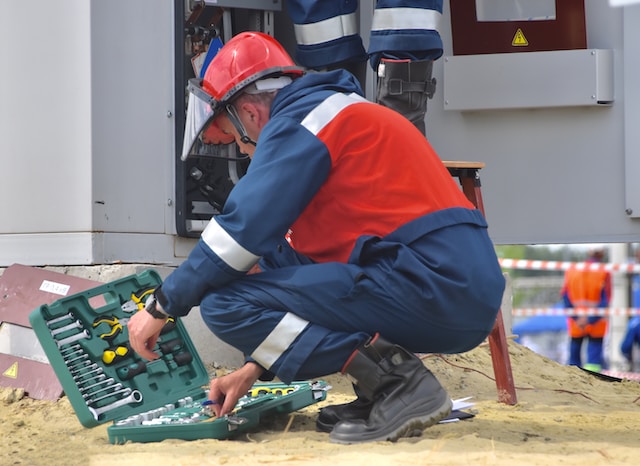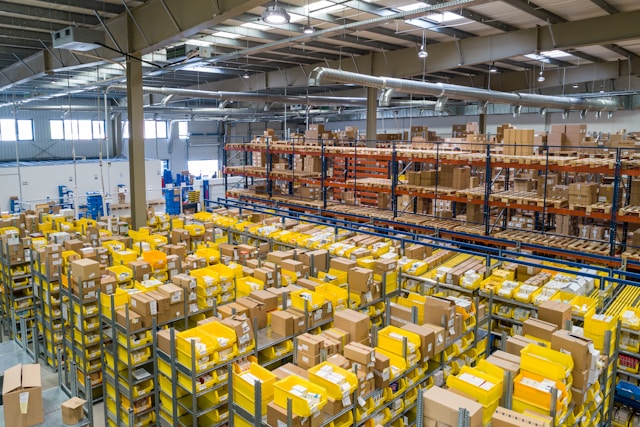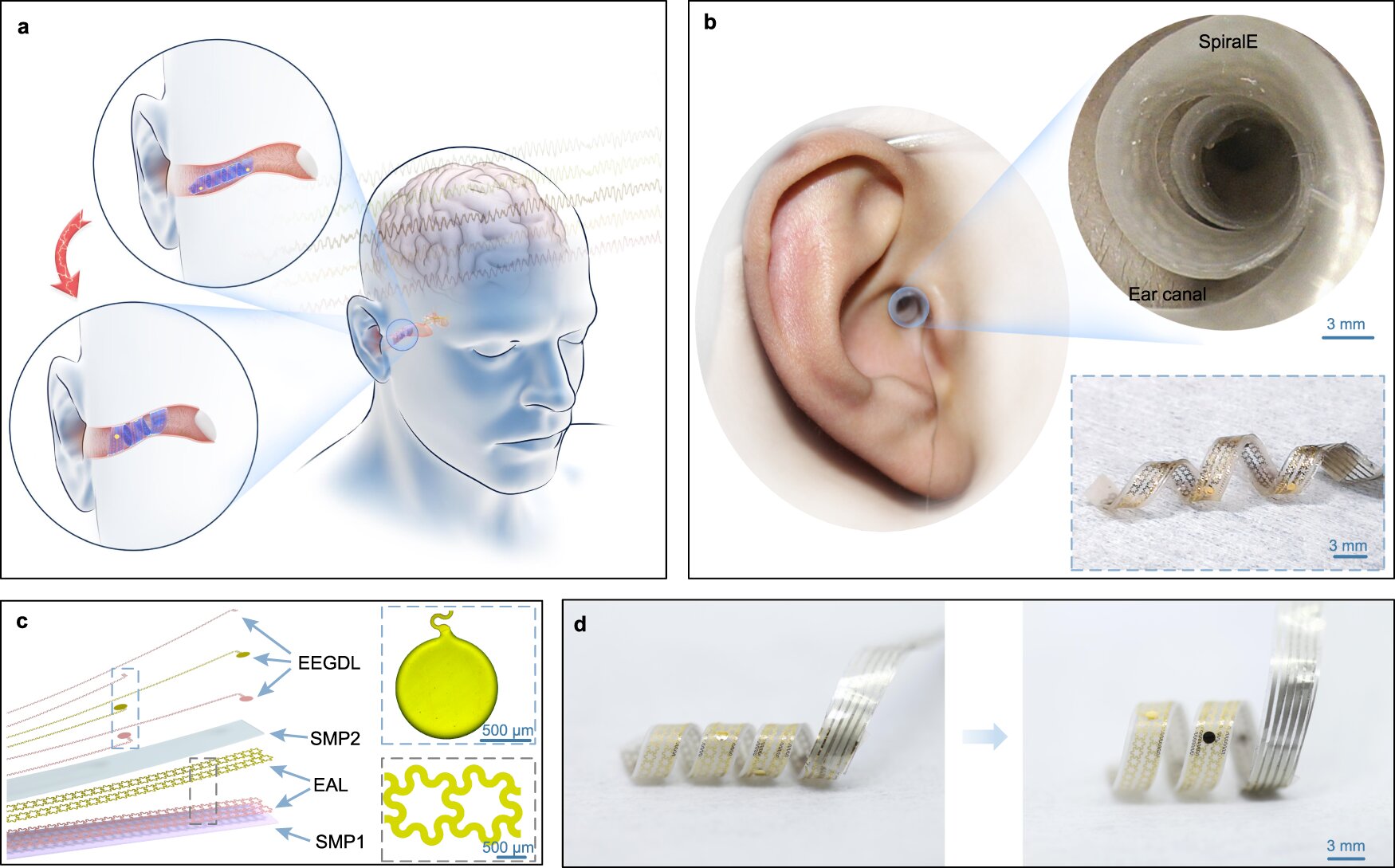Electricity powers the modern world as we know it, from lighting up city skylines to running advanced industrial equipment. However, effectively controlling and distributing electrical energy across complexes like commercial buildings, manufacturing plants, or even ships requires ingeniously engineered equipment behind the scenes – enter the vital switchboard. Serving as the brains of electrical systems, deciphering the form and functions of these metal masterminds proves pivotal in utilizing electricity safely and efficiently across large facilities.
What Exactly is a Switchboard?
A switchboard refers to a large, specially designed panel that receives electricity from the utility service provider and distributes the incoming power across multiple circuits, powering lights, outlets, machinery, and more in a building. It integrates an intricately wired array of components like switches, fuses, meters, control handles, and relays to divide and divert electricity to wherever it needs to flow.
A switchboard serves as the central nervous system governing electricity in a site, intelligently balancing and monitoring energy usage while protecting devices plugged into the system.
Why are Switchboards Essential in Electrical Setups?
In any building or facility more complex than a small household, attempting to run all electric circuits from a single large circuit breaker panel would prove problematic, hazardous, and highly inefficient. Issues would include:
- Overloaded Circuits: Too many devices on one circuit risks overheating wires or tripping breakers
- Lack of Control: No ability to isolate or switch off power to specific sections
- Fire & Safety Risks: Electrical faults could rapidly cascade across the entire facility
- No Monitoring: Inability to gauge and manage energy consumption
Properly engineered switchboards resolving these problems are paramount in running smooth, safe, and optimized electrical infrastructure across large installations.
Classifying Switchboard Systems
Modern switchboards come in diverse shapes and sizes based on the scale, purpose, and complexity requirements of the electrical networks they support. Some key defining traits differentiating categories of switchboards include:
Low-Voltage vs Medium-Voltage
The incoming supply voltage from utilities determines suitable switchboard ratings. Low-voltage models operate below 1000V, while medium-voltage types manage between 1000V to 36,000V.
Main vs. Distribution Switchboards
- Main Switchboards directly connect the utility feed to generators and primary distribution circuitry.
- Distribution Switchboards streamline secondary circuits across facility areas.
Fixed vs. Drawout Switchboards
- Fixed Switchboards permanently mount components to frames.
- In Drawout, Switchboards, relays and breakers slot into the chassis utilizing rails to enable easy inspection, maintenance, and swapping.
Deadfront vs Livefront Construction
- Deadfront Switchboards insulate live internal wiring from user access via sheet metal shrouds. Safer for public facilities.
- Livefront Switchboards openly expose components for convenient inspection by qualified technicians. Used in restricted areas.
Planning Strategic Switchboard Implementation
Choosing the right switchgear to optimally balance safety, efficiency, capacity, monitoring capabilities, and more across unique electrical infrastructures requires careful planning by experts. Key considerations include:
Facility Electrical Load Analysis – Adding up total anticipated watt usage across all equipment determines minimum supply requirements from switchboards. Emergency generators may also link to the boards.
Power Budgeting – Smart metering on switchboards provides data to track energy waste and optimize usage/costs. Different tariff rates for peak vs. off-peak consumption need factoring as well based on equipment schedules.
Customized Control & Monitoring – Advanced computerized switchboards heavily automate monitoring, alerts, analytics reporting, and more. But manual handles or switches should supplement automation for emergency shutdowns.
Standards & Compliance – Switchboards must satisfy legal standards like NEMA, ANSI, and UL listing for safety and performance grades suitable to installation environments. Local codes also influence construction.
Redundancy & Maintenance – Backup switchboard components prevent outages in primary equipment failures. Partial drawout sections enable repairs with minimal downtime.
Carefully weighing factors like these help build robust and intelligent switchgear ecology tailored to facility needs while supporting future growth or changes.
Navigating Switchboard Components
While differing in specifics across customized implementations, switchboards share common components with defined roles:
Enclosures – Grounded metal housings containing wiring, gauged to environmental needs regarding weatherproofing, washdowns, explosions, etc.
Bus Bars – Thick strips of high conductivity copper serving as the core current carrying highways feeding all connected equipment. Insulators separate high voltage bars.
Overcurrent Protection – Fuse links or circuit breakers automatically disable faulty circuits trying to draw excessive loads, preventing dangerous meltdowns.
Power Metering – Digital ammeters, voltmeters, and power meters quantify energy usage for monitoring and optimizing electrical loads.
Ground Fault Monitoring – Relays detect potentially deadly stray current leaks to earth ground, rapidly shutting things down to prevent harm.
Control Panels – Manual handles, switches, and button pads toggle equipment circuits on or off independently. Some features may integrate automation.
Warning Signaling – Audio alarms and indicator lights alert operators of issues likephase failures, surges, or imminent shutdowns.
While seemingly complex at first glance, every switchboard component has an important operational purpose across the elegantly balanced ecology of the facility electrical infrastructure.
Future Innovations Advance Switchboard Capabilities
Modernizing electrical demands and sustainability goals continue driving switchgear innovations, including:
Smart Switchboards – Increasingly integrated monitoring and analytics optimize electric usage and predict maintenance needs before failures.
Energy Storage Integrations – Battery or flywheel banks built into switchboards. USAGE smooth demand spikes for steadier power draws on utility feeds. The stored energy can also provide short-term electricity during grid outages.
Renewables Integration – Sophisticated switchboards play pivotal roles in managing intermittent sustainable supplies like solar/wind alongside utility, or generator feeds to ensure uninterrupted operational power.
Power Conversion – Next-generation solid-state circuitry replaces bulkier old-school hardware with more precise, cleaner, and compact switchboards tailored to modern equipment.
Charging Infrastructure – Switchboards will prove critical in routing and balancing heavy loads as electric vehicle charging stations become widespread across facilities.
Indeed, the future remains bright for even more versatile and environmentally friendly switchboard innovations yet to emerge.
While out of sight to most facility occupants, behind-the-scenes switchgear forms indispensable connective tissue powering all operations through intricately balanced electrical nervous systems.
As electricity demands continue expanding globally across corporate campuses, commercial buildings, factories, and more, optimizing switchboard capabilities will grow even more pivotal in sustainably energizing processes. Whether building new or upgrading infrastructure, partnering with specialized electrical engineering teams proves essential to fitting facilities with ideal customized switchboards for the decades ahead.







